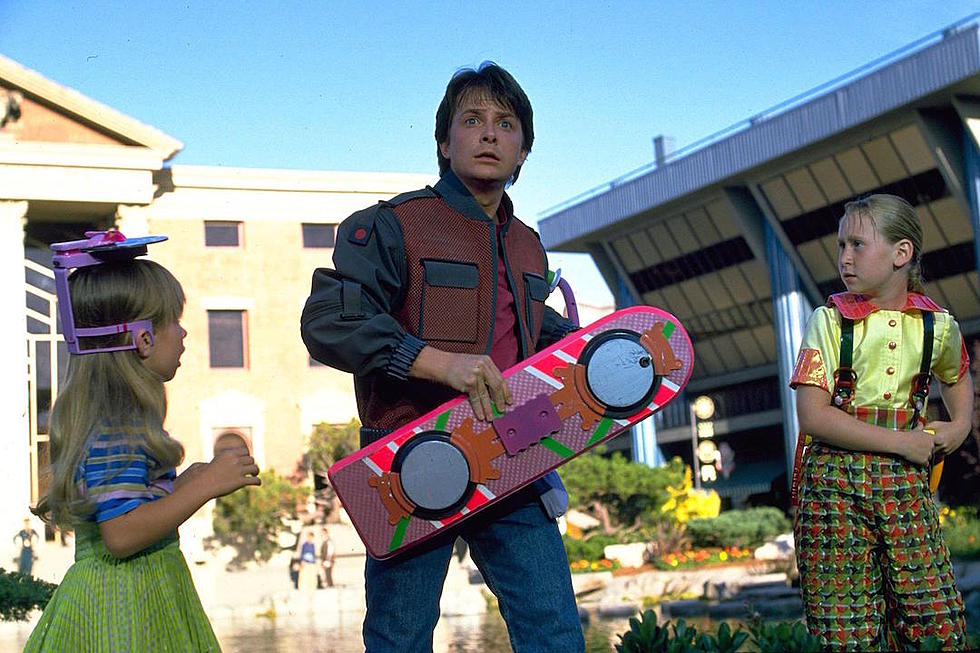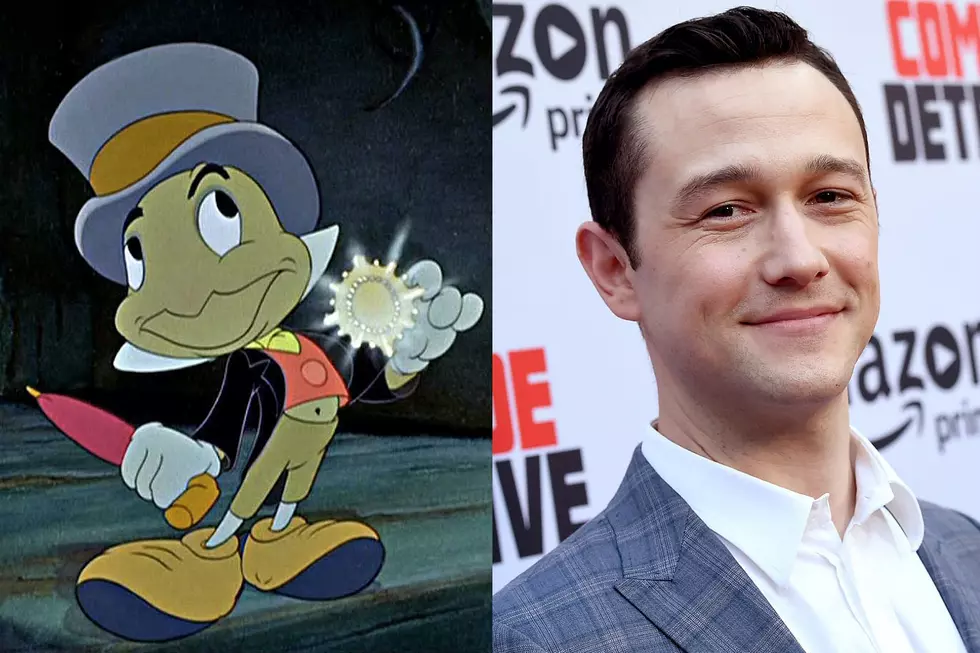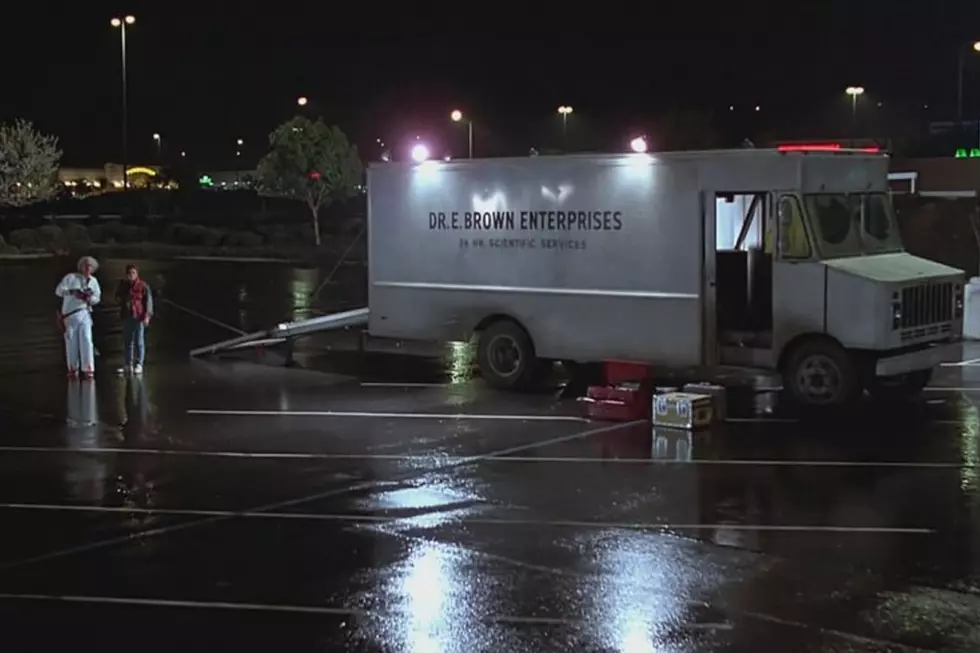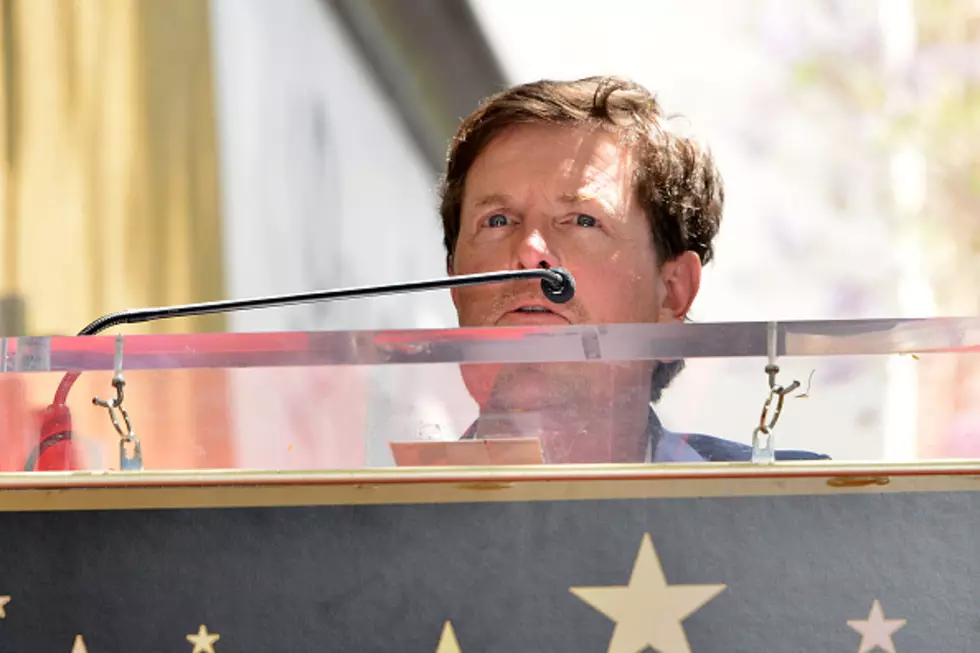
How the ‘Back to the Future’ Urban Legend That Hoverboards Are Real Began
When the Back to the Future Trilogy came out in 4K, it was offered in a limited edition gift set that also included a “collectible levitating hoverboard replica.” Note the word replica. More than 30 years after its debut in Back to the Future Part II — and eight years after the advanced “future” of 2015 where it appeared in the film — hoverboards still haven’t been replicated by modern technology, at least on a mass commercial scale.
The lack of working hoverboards in the dark future of 2023 is particularly depressing given the persistent urban legend dating back to Back to the Future Part II’s release that the hoverboards featured in the movie were, in fact, totally real. Versions of the legend varied by the teller, but the one I remember hearing on the bus to elementary school was that Mattel, the company whose logo appeared on Marty McFly’s hoverboard in Back to the Future Part II, had actually built working hoverboards. They were put on the market briefly, but kids kept getting hurt on them. Parents complained, and as a result, they were pulled from shelves.
Even though the kid who told me this tale was a documented fabulist, prone to spinning all kinds of stories that were heavily exaggerated at best and totally invented at worst, I believed him. Why? Because I wanted to. Who wouldn’t want to live in a world with hoverboards? I even remember coming home from school and making my parents promise that if they did see hoverboards for sale anywhere they would buy me one, no matter what.
Eventually, I came to assume this kid made up the hoverboard story out of pure (and understandable) wish fulfillment, or heard it from someone else who’d made it up for similar reasons. It wasn’t until recently that I discovered that the original source of this rumor wasn’t a fourth grader from Central New Jersey — it was Back to the Future Part II director Robert Zemeckis.
He said it on a behind-the-scenes documentary that originally aired on NBC Friday Night at the Movies in order to promote the release of Part II. The half-hour special, hosted by The Naked Gun’s Leslie Nielsen, offered fans an “exclusive preview” of Part II and “inside look” at the making of both Back to the Futures.
Towards the end of the show, it introduces the concept of “hoverboards,” which replace the skateboards used in the chase through 1955 Hill Valley in the first Back to the Future. In describing these gadgets, Zemeckis himself says “they’ve been around for years, it’s just that parents groups have not let the toy manufacturers make them. We got our hands on some, and we put them in the movie.”
Watch the moment for yourself right here:
No wonder enthusiastic fans took Zemeckis at his word; he never lets the audience in on the joke. While the version of the story I heard was embellished from here, it was clearly drawn from Zemeckis’ imaginary parental outrage. Nielsen even gets his hands on a “real” hoverboard in the show’s final scene, reinforcing the idea that these things do exist somewhere out there. While his clangs to the ground when he tries to get it to work, it would have been easy for a kid in 1989 who wanted to believe Robert Zemeckis to assume that Nielsen, always an onscreen klutz, was too clumsy to operate a legitimate hoverboard.
For years, I angrily retold this story in a way that cast the kid on the bus as a compulsive liar trying to trick me, a huge Back to the Future fan, into believing something that wasn’t true. It turns out he was just repeating it from someone he assumed was a trustworthy authority on the subject — the guy who made the movie! Now I feel like I owe that boy an apology, and Robert Zemeckis owes me one. Or at least a working hoverboard.
(Sincere thanks to Josh Beaty for bringing this special to my attention.)
The Best Sci-Fi Movie Posters Ever
More From 104.7 KISS-FM


![Nike Gives Michael J. Fox The 1st Pair of Self-Lacing Shoes [VIDEO]](http://townsquare.media/site/147/files/2015/10/Nike_Air_Maxs.png?w=980&q=75)







